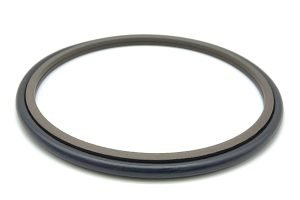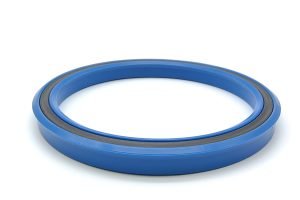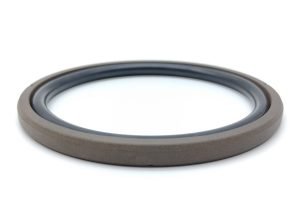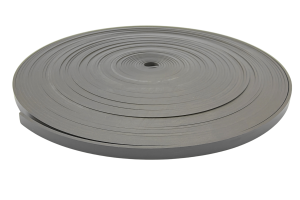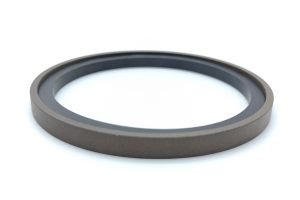O-rings are widely used in various fields as a common sealing device. This article provides information on many O-ring materials and their unique characteristics, which can help you understand and choose the best materials to ensure optimum performance without potential failures for a particular application.
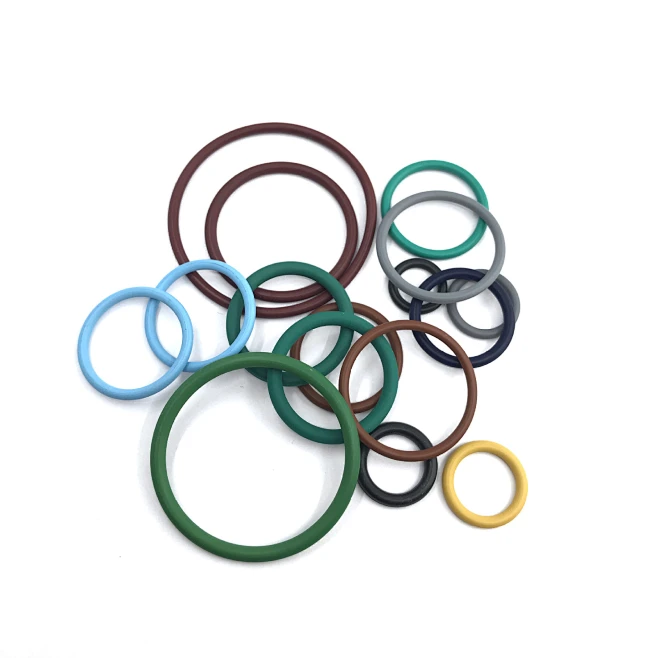
Common O-Ring Materials
1. Nitrile Rubber: Nitrile rubber has excellent low temperature resistance and tensile resistance, and is commonly used in Shore A hardness of 70-90. It is one of the most common O-ring materials and is widely used in machinery, automobiles, and industrial equipment, especially hydraulic systems. Nitrile rubber seals perform well in the general operating temperature range( -40°C and 120°C) but poorly in high temperatures and corrosion resistance.
2. Fluorocarbon (FKM/Viton®): Viton is a trademark of Chemours, an American company. It has excellent high temperature and corrosion resistance but is not resistant to low temperatures. Its temperature ranges from 26°C at least until 200°C. It resists most substances, including oils, fuels, and hydraulic fluids. It is widely used in mechanical equipment, petrochemicals, automobiles, and other fields. However, due to their high performance, fluoro rubber seals are usually more expensive than other materials. In addition, it has quite outstanding compression set resistance to provide long-term sealing performance under severe stress.
3. Silicone Rubber: Silicone rubber is an excellent high-temperature rubber that can maintain elasticity in extremely high temperatures while also having good cold resistance in cold environments (Temperature Range—60°C~+230°C ). Its inertness and non-toxicity make it helpful in many different sectors, including food, drink, and drugs and medical plastic non return valve.
When in contact with petroleum-based fluids, silicone O-rings may expand or shrink even if they exhibit excellent resistance against chemical entities, UV radiation, and ozone.
4. Ethylene Propylene Diene Monomer, or EPDM: These seals are advised for outdoor use as they demonstrate strong resistance to water, ozone, and weathering. They also show partial compatibility with brake fluids based on glycol and some acids. Generally, these rings will work over the temperature range from -50°C to 150°C; however, they should never be in contact with petroleum oils and fuels.
5. Neoprene (Chloroprene Rubber): Neoprene has excellent ozone and chemical resistance. It is used mainly in refrigeration, automotive, and general industrial applications. Neoprene also withstands temperatures from -40°C to 120°C and is a good choice for applications dealing with the sealing of refrigerants or exposure to moderate chemicals.
6. Polyurethane Rubber PU:(Urethane Rubber) Polyurethane rubber has excellent mechanical properties, and its high hardness, high elasticity, and wear resistance are difficult to match with other rubbers; it also has excellent aging resistance, ozone resistance, and oil resistance. The general operating temperature range is -45~90C.
7. Polytetrafluoroethylene (PTFE): PTFE is a commonly used sealing material. It has excellent performance and high durability. It is commonly used in hydraulic seals, valves, and pumps, especially in acid, alkali, and high-temperature media.

How to Choose the Right O-Ring Material
Working Temperature: Select materials that fit within the operating temperature range. Nitrile is suitable for general temperature; on the other hand, Silicone and Fluorocarbon are to be used in high temperatures.
Working Medium: Select the material that is suitable for the actual working medium. Nitrile rubber and fluorocarbon rubber are resistant to oil and fuel; EPDM is suitable for brake fluid.
Environmental Conditions: Considerations needed in the following instances include ozone, UV light, and general weathering. EPDM is recommended for outdoor service, and neoprene does well in refrigeration applications.
Special Considerations
Some applications call for unique O-ring materials, which, in most cases, possess unique benefits:
PTFE(Teflon ® ): It is used because of its superb chemical resistance and –200°C to 260°C temperature range of work. Its poor elasticity, unless combined with other rubber materials, ensures it is not recommended in applications where some flex in a seal is required.
Perfluoroelastomer (FFKM): The most temperature-resistant O-rings withstand temperatures up to 327°C. Well resistant to aggressive media, FFKM O-rings should be applied in the most severe spheres of exposure, including semiconductors, chemical processing, and many other operations.
Conclusion
Reasonable selection of suitable O-ring material to ensure high reliability and long life in seals. You should consider the sealing environment, medium characteristics, and operating temperature. A suitable O-ring material that pays for itself in the long run by avoiding costly failures can be chosen. If you are still confused about determining which O-ring material is best for your use, it is best that you see a material specialist or the O-ring manufacturer. To meet the needs of different fields.

